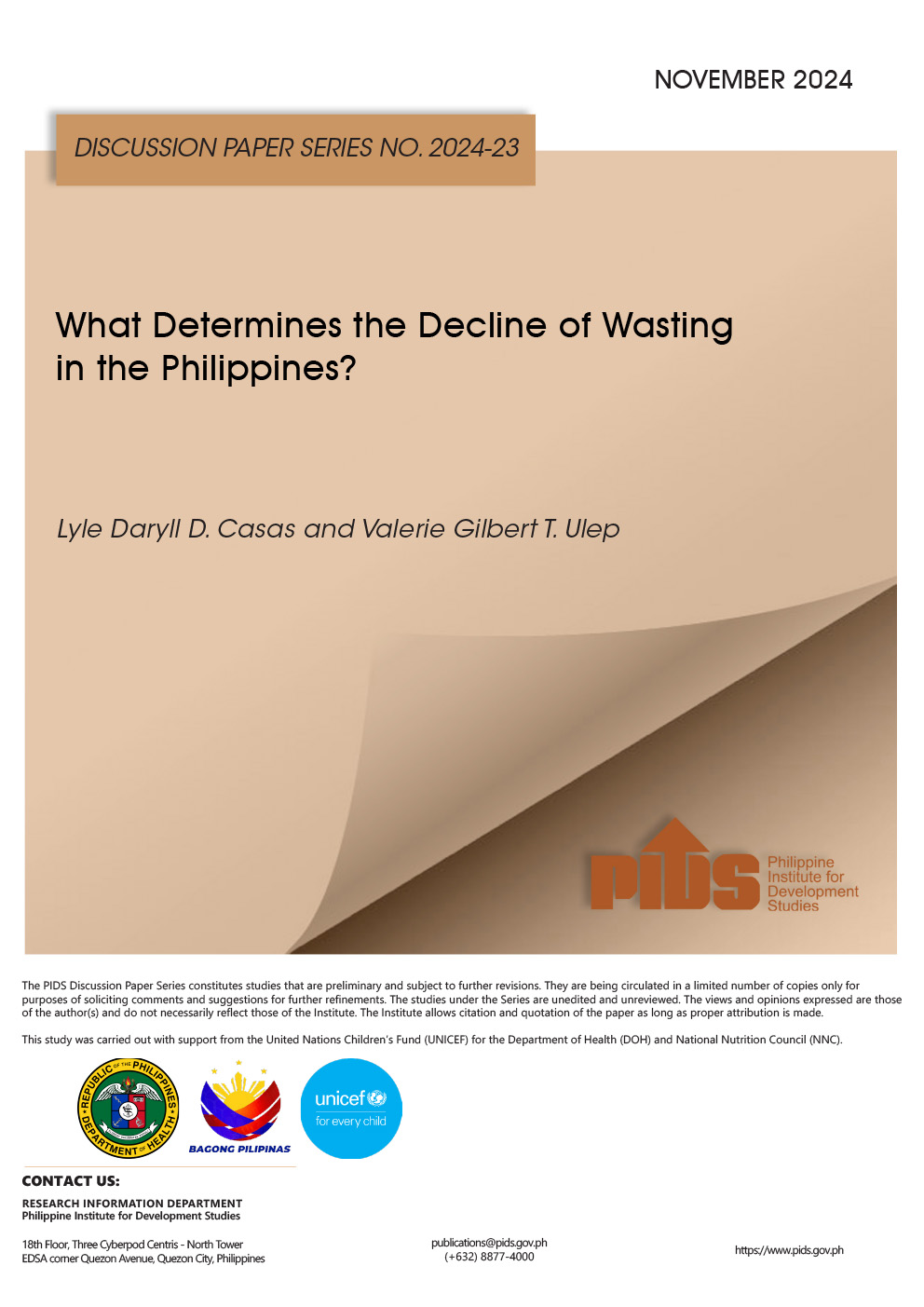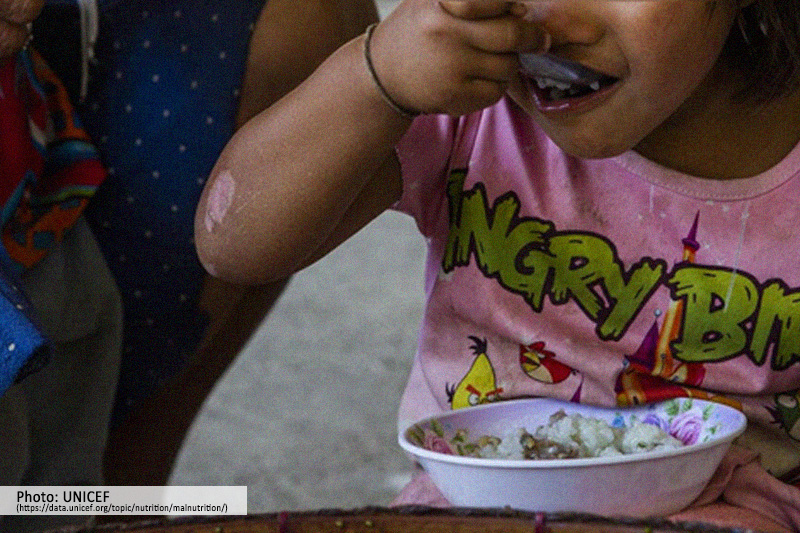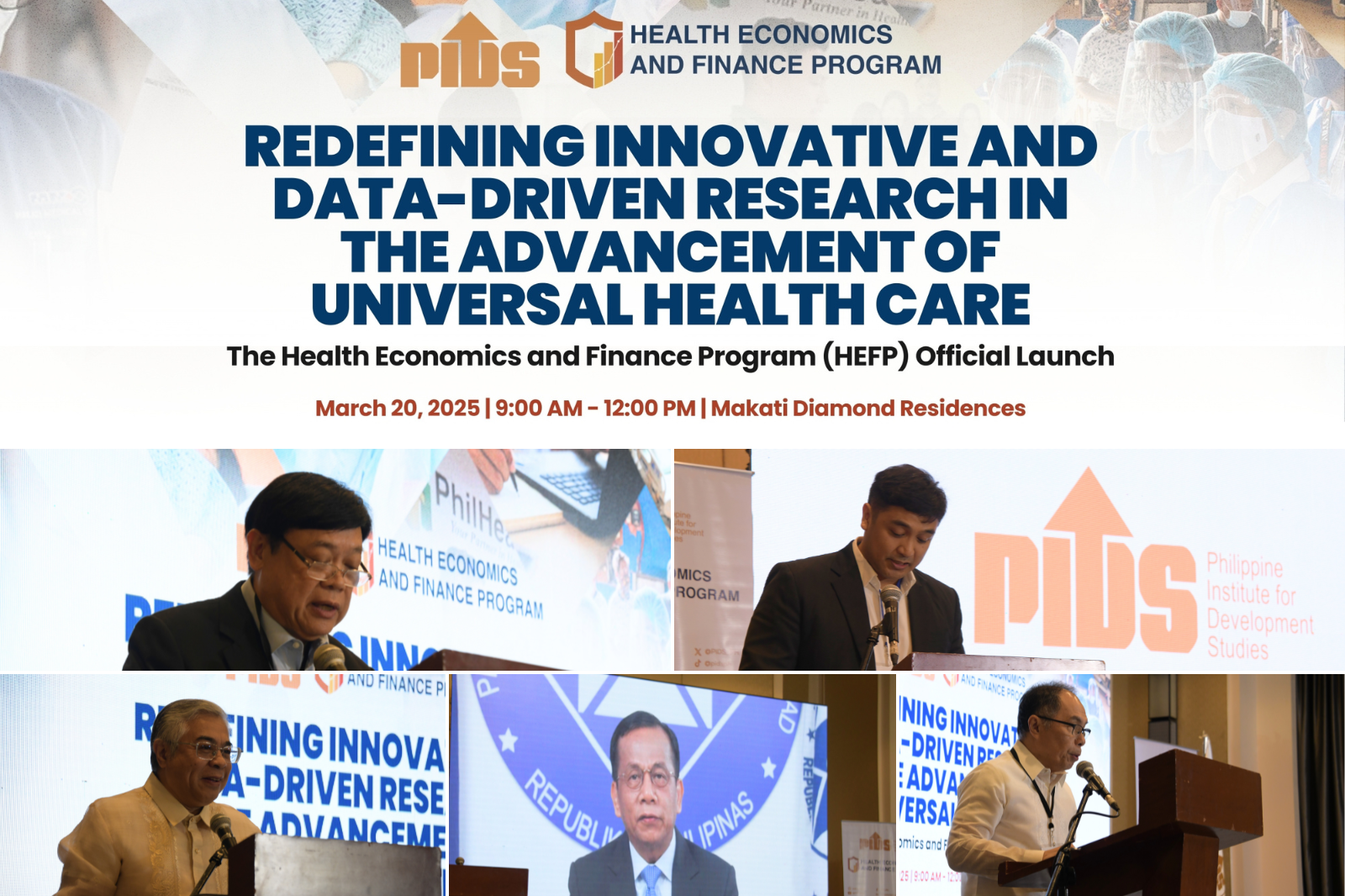
The government has been able to provide water and sanitation to communities that needed them the most. According to a new study by state think tank Philippine Institute for Development Studies (PIDS), the expansion of water supply and sanitation services has benefited more than 3 million people under both the Arroyo and Aquino III administrations.
However, authors of the study, Alma Porciuncula, Doreen Carla Erfe, and Adoracion Navarro, noted that there is still a lot of room for improvement in terms of policy and program design of the government's water supply and sanitation programs. Thus, they argued that it is important to revisit the old programs and evaluate them to ensure the success of similar projects in the future.
The PIDS study looked into two specific programs: the Priority Program for Water Supply (P3W), which was enacted under the Arroyo administration from 2005 to 2010, and the Sagana at Ligtas na Tubig Para sa Lahat (Salintubig Program), which ended its run last year after having been in operation since 2011. Both programs aimed at addressing the lack of water and sanitation in certain areas in the Philippines, especially in the very poorest neighborhoods.
The study sought to answer whether or not these programs were effective and transparent. It also evaluated whether the grant programs achieved their objectives, and if any of their practices are sustainable enough to be expanded further.
Strengths and weaknesses
The government spent a total of around PHP 11 billion for both the P3W and the Salintubig Program. The authors duly recognized their collective accomplishments, which include "safer sources of water, time saved in fetching water, money saved due to lower amount paid, longer time that water is available, better water pressure, decline in waterborne diseases, improvement of hygiene especially among children, toilets becoming operational with water availability, and opportunity to engage in income-generating activities that use water" for the communities served.
On a closer look, however, the authors noted that both programs had critical weaknesses that must be addressed in future project designs.
For example, the P3W did not have a sufficient monitoring and evaluation (M&E) system, which resulted in inconsistencies in its accomplishment reports. It also failed to turn over records to the Department of Public Works and Highways when the P3W was dissolved.
On the other hand, Salintubig had an M&E system with a logical framework, focusing on the outcomes that the program was designed to produce. The implementers recorded accomplishments and documented how funds were spent.
Still, Salintubig failed to collect data during the initial implementation period, making it difficult to conduct impact evaluation.
Addressing challenges
The PIDS study enumerated some of the challenges that future water supply and sanitation programs must address. It recommended that policymakers have to focus more resources to addressing the sanitation problem, something that was generally overlooked under both the P3W and the Salintubig program.
The authors also noted that local government units (LGUs) under both programs faced the problem of finding a steady source of water to supply the system. They noted that pinpointing a viable water source is essential to designing the water system.
Something remiss with the P3W program was the lack of a dedicated budget for developing the capacities of local stakeholders to implement and maintain the water programs.
"The current state of economic regulations for the water supply and sanitation sector is not effective enough to compel LGUs and water districts to expand, improve the quality of their services, and upgrade their service standards," the authors concluded.
The study also stressed the importance of a more comprehensive M&E system to track outcomes and assess whether or not the system is reaching the right people.
Lastly, the authors noted that the next program might benefit from using another term for "waterless" to describe the beneficiary communities. According to them, the word creates confusion among policymakers and leaders as well as the general public.
If you wish to know more about this study, you may download a copy of the Policy Note from this page.
However, authors of the study, Alma Porciuncula, Doreen Carla Erfe, and Adoracion Navarro, noted that there is still a lot of room for improvement in terms of policy and program design of the government's water supply and sanitation programs. Thus, they argued that it is important to revisit the old programs and evaluate them to ensure the success of similar projects in the future.
The PIDS study looked into two specific programs: the Priority Program for Water Supply (P3W), which was enacted under the Arroyo administration from 2005 to 2010, and the Sagana at Ligtas na Tubig Para sa Lahat (Salintubig Program), which ended its run last year after having been in operation since 2011. Both programs aimed at addressing the lack of water and sanitation in certain areas in the Philippines, especially in the very poorest neighborhoods.
The study sought to answer whether or not these programs were effective and transparent. It also evaluated whether the grant programs achieved their objectives, and if any of their practices are sustainable enough to be expanded further.
Strengths and weaknesses
The government spent a total of around PHP 11 billion for both the P3W and the Salintubig Program. The authors duly recognized their collective accomplishments, which include "safer sources of water, time saved in fetching water, money saved due to lower amount paid, longer time that water is available, better water pressure, decline in waterborne diseases, improvement of hygiene especially among children, toilets becoming operational with water availability, and opportunity to engage in income-generating activities that use water" for the communities served.
On a closer look, however, the authors noted that both programs had critical weaknesses that must be addressed in future project designs.
For example, the P3W did not have a sufficient monitoring and evaluation (M&E) system, which resulted in inconsistencies in its accomplishment reports. It also failed to turn over records to the Department of Public Works and Highways when the P3W was dissolved.
On the other hand, Salintubig had an M&E system with a logical framework, focusing on the outcomes that the program was designed to produce. The implementers recorded accomplishments and documented how funds were spent.
Still, Salintubig failed to collect data during the initial implementation period, making it difficult to conduct impact evaluation.
Addressing challenges
The PIDS study enumerated some of the challenges that future water supply and sanitation programs must address. It recommended that policymakers have to focus more resources to addressing the sanitation problem, something that was generally overlooked under both the P3W and the Salintubig program.
The authors also noted that local government units (LGUs) under both programs faced the problem of finding a steady source of water to supply the system. They noted that pinpointing a viable water source is essential to designing the water system.
Something remiss with the P3W program was the lack of a dedicated budget for developing the capacities of local stakeholders to implement and maintain the water programs.
"The current state of economic regulations for the water supply and sanitation sector is not effective enough to compel LGUs and water districts to expand, improve the quality of their services, and upgrade their service standards," the authors concluded.
The study also stressed the importance of a more comprehensive M&E system to track outcomes and assess whether or not the system is reaching the right people.
Lastly, the authors noted that the next program might benefit from using another term for "waterless" to describe the beneficiary communities. According to them, the word creates confusion among policymakers and leaders as well as the general public.
If you wish to know more about this study, you may download a copy of the Policy Note from this page.












